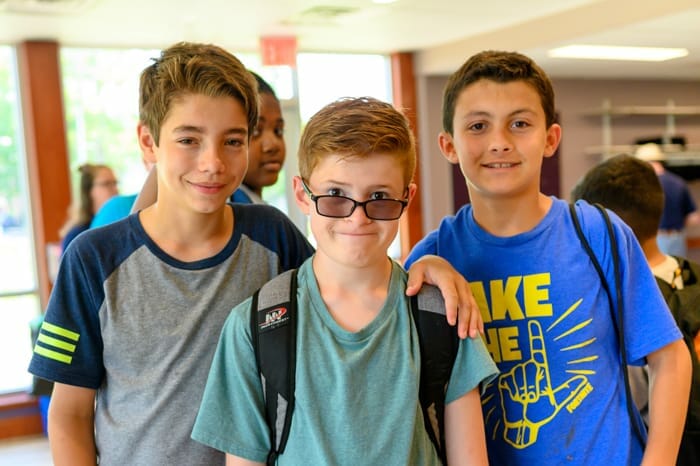Self-Awareness
Developmentally, there are many strides made in self-awareness as children grow and mature. Parents can glean good insights here as elementary school students begin the process of learning to understand their own increasingly complex feelings. Like being able to walk before learning to run or swim, self- awareness develops in stages and is often expressed as being both public and private. Small children typically glean awareness around a year old with increasing awareness developing as kids reach school age. Notice that the keyword here is “typically”, as social-emotional development, like physical development doesn’t always happen at the same time or to the same degree for all children. Much like some students of various ages need help with core academic subjects (our director struggled with the abstract concepts of Calculus in high school for example), others need scaffolding when it comes to social-emotional learning.
On a very basic level, being self-aware is an understanding that the person in the reflection is you and that is different than a video on a screen or a picture or a panorama of nature. Increasingly complex perceptions include understanding that actions (such as making silly faces) will change the “person in the mirror” and that person in the mirror is them. Self-awareness becomes more complex when children recognize themselves in images and videos in addition to just a contemporaneous reflection. Much of the consternation of parents, teachers, and caregivers comes in to play is the metacognitive piece of self-awareness. Articulated bluntly, this is what builds the bridge between understanding of self and understanding how one’s self is perceived by others. To make an analogy, there is a difference between understanding that one does not comprehend Calculus well and an understanding that the rest of the class knows that you don’t comprehend Calculus well.
This also helps us to explain the important differences between the private and public realms of awareness. Privately, one can self-recognize that they are nervous when walking into Calculus class, or tongue-tied when trying to have an in-person conversation with the girl one was chatting with via text message. Publicly, understanding that interaction with the outside world is an integrative experience and acknowledging (and adhering to) situational social norms is an important part of becoming the best version of one’s social self. For example, everyone knows that in an elevator, social mores dictate that you should turn and face the door you came in rather than face the back of the elevator. How did we learn this? For some, it is a simple observation of surroundings, picked up as easily as differentiation of an integral. For others, it doesn’t logically click, because there isn’t a specific “why” tied to the action and it requires additional explanation and modeling.
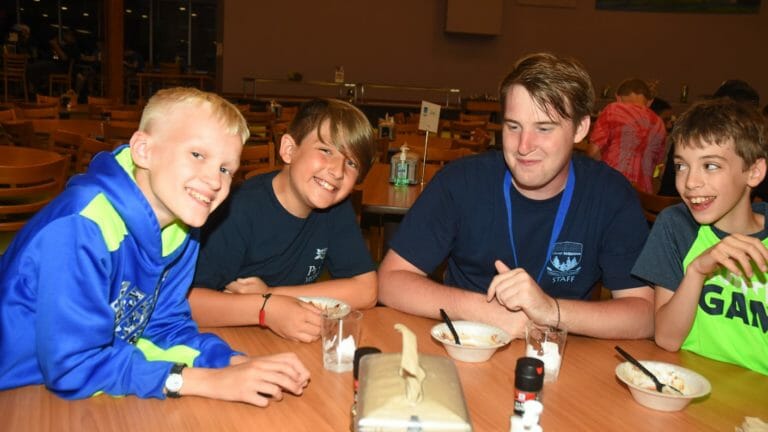
Camp, with trained adults (teachers, social workers, and child care professionals), provides an immersive wrap around modeling of reflective listening and “I” statements for children in a fun environment where (SEL) social-emotional learning can be a key focus that isn’t possible in a school setting. To be able to have an environment where “I” feel or “I” think is a powerful thing. It serves to build trust and social confidence to be able to say “I” don’t understand why and then be receptive to help. Many exceptional learners (including our 2e or twice-exceptional kids) feel embarrassment or lack of confidence in the social realm, but are reluctant to seek or accept meaningful guidance because they are so good at more traditional aspects of success (they have high ability elsewhere). At Camp Sequoia a key facet of our staff training revolves around understanding the emotional intelligence (Eq-I). For details on emotional-Intelligence and how it relates to social skills development, please check out this blog.
The benefits of developmentally appropriate self-awareness are numerous. Understanding, especially the metacognitive understanding of how others perceive you in social situations, can build confidence, forge friendships and inspire individuals to try new things outside of their comfort zone. There is substantive research on the benefits of self-awareness and how this can build self-esteem. One of the primary ways that self-esteem can be built in an immersive camp environment in through intentionality of programming. What this means specifically is having fun, dynamic programming that is research-based and evidence-informed whereby students can self-select activities in which they feel the most confident initially. Later, with staff scaffolding, they can select activities for subsequent weeks that build on and stem from an initial “social win” with peers who initially selected the same activities and made for a comfortable cohort, not just an age-based grouping irrespective of interest or ability. Check out the recent article in Attitude Magazine on Camp: A Place to Thrive for more details on the research behind this approach.
Self-Management
More than just picking up socks and taking care of daily chores, self-management has both internal and external components. Externally self-management provides the opportunity to positively redirect and reframe the context of the conversation in appropriate ways. Empowering children as decision-makers and allowing them meaningful access to tools of self-regulation is key. For example, Camp offers mediation gardens, frustration logs, opportunities for teachable moments and debriefs in comfortable or preferred settings (shooting baskets, making art, petting the camp dog, etc.) as a means to increase frustration tolerance. Our work in frustration tolerance at Camp Sequoia has been presented at the World Gifted Conference and we are proud to be on the cutting edge of helping empower young men to become the best versions of themselves.
Frustration tolerance, the ability to deal in a socially appropriate way with things that push your buttons, is a key self-management skill that can be learned at camp. Given a residential community, there is not an opportunity for different sets of standards or expectations that can arise between home and school settings. Ultimately, having trained professionals in this environment provides this scaffolded support for SEL (social-emotional learning).
More than just picking up socks and taking care of daily chores, self-management has both internal and external components.
Emotional Regulation is another important piece of the self-management puzzle. Simply put, when one is emotionally regulated, their emotional responses is appropriate (both in timing and scope) for an emotional experience. As young children go through developmental stages, their perception of a situation is reflective of their world view and life experiences. For a bit of context, as a young child, I believed that my mom could solve any problem, answer any question and there wasn’t a doubt in my mind that whatever went wrong, it would be in the working purview of my mom to fix it. As it turns out, while she was an excellent parent, I found out one day when I was “helping” in the kitchen that she couldn’t fix everything.
The egg required for the birthday cake we were baking was carefully cradled by my young hands out of the egg carton in the fridge and balanced as the refrigerator door was closed. However, it was gently placed too close to the edge of the kitchen counter above my eye level and promptly rolled off and predictably smashed on the floor. I’ll never forget the first time I saw the look in my mom’s eyes when I asked her to put the egg back together again and she could not. As an adult, obviously I am aware that if all the king’s horses and all the king’s men couldn’t uncrack Humpty Dumpty, it wasn’t reasonable to expect my mom to uncrack an egg. Cornell has done solid research on both emotional regulation and the opposite emotional dysregulation along with some good tips for regulating emotions.
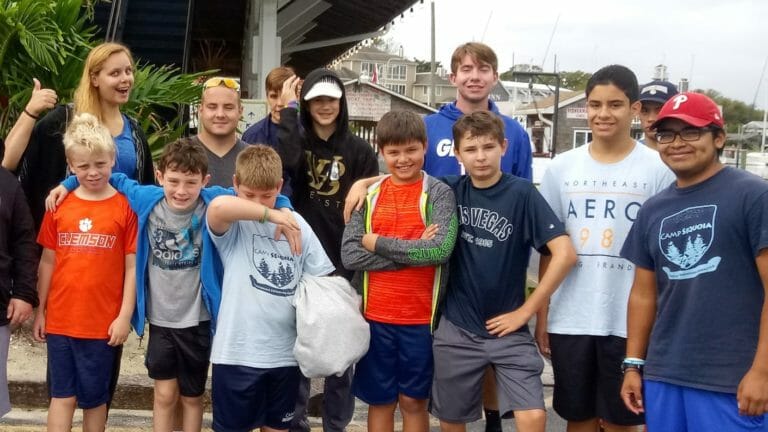
Camp is a supportive environment that can help provide a meaningful context for thoughts and feelings so that children can see, develop, and grow emotional regulation skills and self-management techniques. Whether this is the innovative Guy’s Group, Inquiry-based role-play scenarios, crafted by Dr. Lew and his team, a 24/7 team of professionals and similar age-mates provides a safe and nurturing community for growth to children being their best social selves.
Social Awareness
Understanding that human beings are social creatures, the importance of social awareness to social-emotional learning (SEL) is key. Understanding the components of social awareness requires what the educator would call higher-order thinking skills or a metacognitive (thinking about thinking) approach. Specifically, to unpack the idea of social awareness, we need to discuss the ideas of communication, insight, and empathy in a social context. For a much deeper dive and professional resources (including a free toolkit for social awareness), please check out this guide for educators looking to incorporate social awareness into their classroom activities.
Communication is something that Camp can address in several ways. Campers, through a self-selection process of choosing activities on a weekly basis, are empowered to increase their emotional intelligence by understanding and communicating not only their own wishes and desires but putting those in a meaningful context with their peers. For example, if a camper might meet a friend in the STEM activity during the first week of camp. The ability to discuss and discern mutual shared interests is HUGE as they can then both select Archery (as another desired activity) for that time slot during week two. This method, based upon shared interest and bi-directional communication that requires social awareness is a key, research-based approach to help children internalize and apply social awareness skills.
The Insight component of social awareness is often broken down into two pieces: Social perspective-taking and cultural competency. A social summer camp can provide teachable moments for developing insight in several ways. Socially, there is a huge benefit in giving children meaningful ownership of their own choices, as this sets them up for success. Having all children do the same thing at the same time because they are the same age doesn’t make pedagogical sense. Understanding that you are choosing to do a ceramics activity, and understanding that everyone else who has chosen to take that ceramics activity and has a genuine interest in being in ceramics helps children with the building blocks of social perspective. Contrast this with having all of the 10-year-old kids play flag football without doing an interest inventory or giving kids meaningful choice to select a preferred activity. In the second example, it is vastly more difficult for children to read social cues and gauge peer interest or perception of the activity. When developing social insight, beginning with a framework where children have a basic understanding of shared interests helps them to with social perspective-taking in a more nuanced and organic way, since they have a baseline understanding of the interests of everyone in the room based upon the self-selection process.
The Insight component of social awareness is often broken down into two pieces: Social perspective-taking and cultural competency.
Cultural competency is the second component of social awareness that can be effectively fostered at a social summer camp. While many campers come from different parts of the country, there are basic social norms and cultural mores that are socially relevant across America. There are great opportunities to use the nuanced regional differences as a community comes together for a social summer camp experience. For example, Camp Sequoia does a frozen yogurt and ice cream sundae event once a week. In addition to a wide range of toppings, there is one that provides a wonderful teachable moment for cultural competency every year.
The brown or colored toppings that are placed on the top of an ice cream sundae have two names. Jimmies, originating from the Just Born company in Bethlehem, PA and named after Jimmy Bartholomew who made them and Sprinkles, because they are sprinkled on ice cream. There isn’t much cultural downside to a vibrant conversation on ice cream toppings any more than there is many downsides to explaining the differences between cola, soda, pop, and fizzy drink, depending again on relative geography. The advantage of having guided conversations about relatively low importance conversations about traditions and cultural identity can help build the skills for cultural competency when the differences are greater and the stakes are higher. Camp Sequoia begins to model greater differences with our kids who are 15+ in our cultural travel program to Hawaii where they can explore traditions of native communities and expand their views of cultural understanding coming from a more mature perspective of cultural competency.
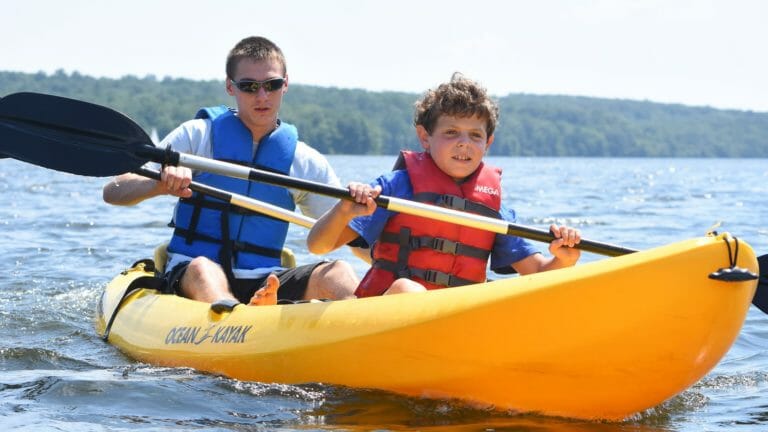
Finally, the empathy piece rounds out the understanding of social awareness. Building upon understandings of communication and insight, the empathy piece brings it all together. Without social insight and social communication skills, it is very difficult to convey empathy. Many kids begin to show empathy with pets or those who are similar to them. Building out their social circles through heightened social communication opportunities and greater confidence with social insight can increase a child’s social capital as they learn both to be empathetic and to accept empathy and support from those around them in socially relevant ways. To draw a comparison, this is similar to the idea of island fever, where if you have too small of a social circle, without enough space for a variety of meaningful social connections one can become a bit stir crazy and push the buttons of those around you because you aren’t skilled in perspective-taking specifically or social awareness in general. This is not unlike a long rainy weekend or being on an extended road trip with the same people for a long time. Collectively, all of the SEL (social-emotional learning) we have discussed so far builds to greater relationship skills.
Relationship Skills
Let’s be clear, this blog isn’t designed to provide insight on how to become comfortable in your own skin. Check out this article at Planet Neurodivergent for guidance on that. What will discuss is that that all good relationships have a social-emotional learning component that builds of the facets of social-emotional learning previously discussed. Part of social awareness is the ability to read others and adjust your behavior based upon verbal, paraverbal and non-verbal communications (such as haptics). Camp Sequoia supports empowering children through meaningful and thoughtful opportunities for social engagement.
Building on self-selected activities that connects children to age-mate peers with similar interests, we train our staff and certify our staff in modeling and supporting a wide range of learning styles and emotional intelligences for our campers. We facilitate small group experiences, such as rustic retreat, sleepovers, golf, bowling and laser tag excursions led by staff. These opportunities promote bi-directional conversations, perspective taking, increased frustration tolerance, and social negotiation skills. One specific activity that campers love is the division choice activity. This social activity is designed to give campers several good options for activities and to provide a framework for them to discuss, negotiate and distill options with their friends as the use social-emotional skills to build consensus as a friend group and make a reasoned and responsible decision.
Responsible Decision-Making
Making Responsible decisions is something that everyone works with throughout their lives. This could be choosing appropriate attire to go outside for younger children where older children make decisions (both good and bad) that are inextricably tied to social constructs. For details on the science and research behind brain-based child development, this article from Harvard provides a good overview. At camp, as in life, there are many decisions to be made that have ripples beyond the individual. Understanding this in a social-emotional context can be difficult at any age.
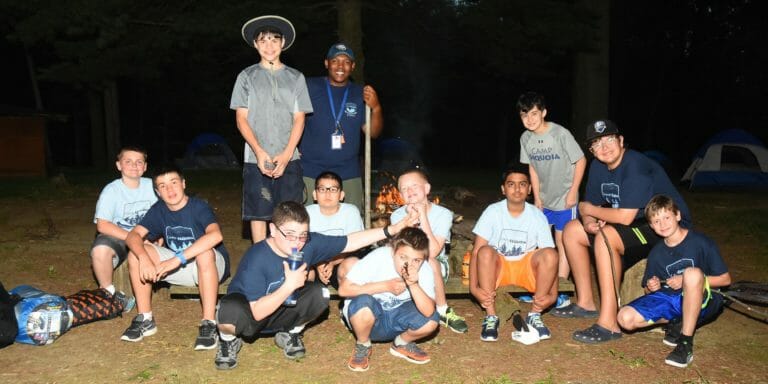
Think about moving over for a police car, fire truck or ambulance when driving. Doing so will lengthen your individual journal, but provides an opportunity to enhance the greater good with minimal downside. It isn’t always that easy for adults though either. If you’ve ever had a tight connection between flights and been in the back of economy class, you can understand this phenomenon. Just because the flight crew asks folks to keep the aisle clear so that passengers with tight connections can disembark first doesn’t always mean that it happens. Perhaps adults need the visual or auditory stimulus of flashing lights to encourage them to make decisions that are more socially responsible than individually expeditious.
Making responsible decisions is much easier with positive peer pressure and supportive role models. At camp we have both trained and credentialled adults who can provide sage and reasoned modeling and guidance for a variety of social-emotional learning situations, but also recognize that sometimes a different messenger can deliver a message more clearly. To this end Camp Sequoia each summer invites two recent alums to serve as near-peer mentors to help campers with responsible decision making from a point of view than can resonate well with our population. These mentors are not counting in our staffing or supervisory ratios, but serve a valuable function as are what social media would call a “key influencer” for our kids. There is an authenticity to engaging with someone who has recently completed the path that you now traverse.

